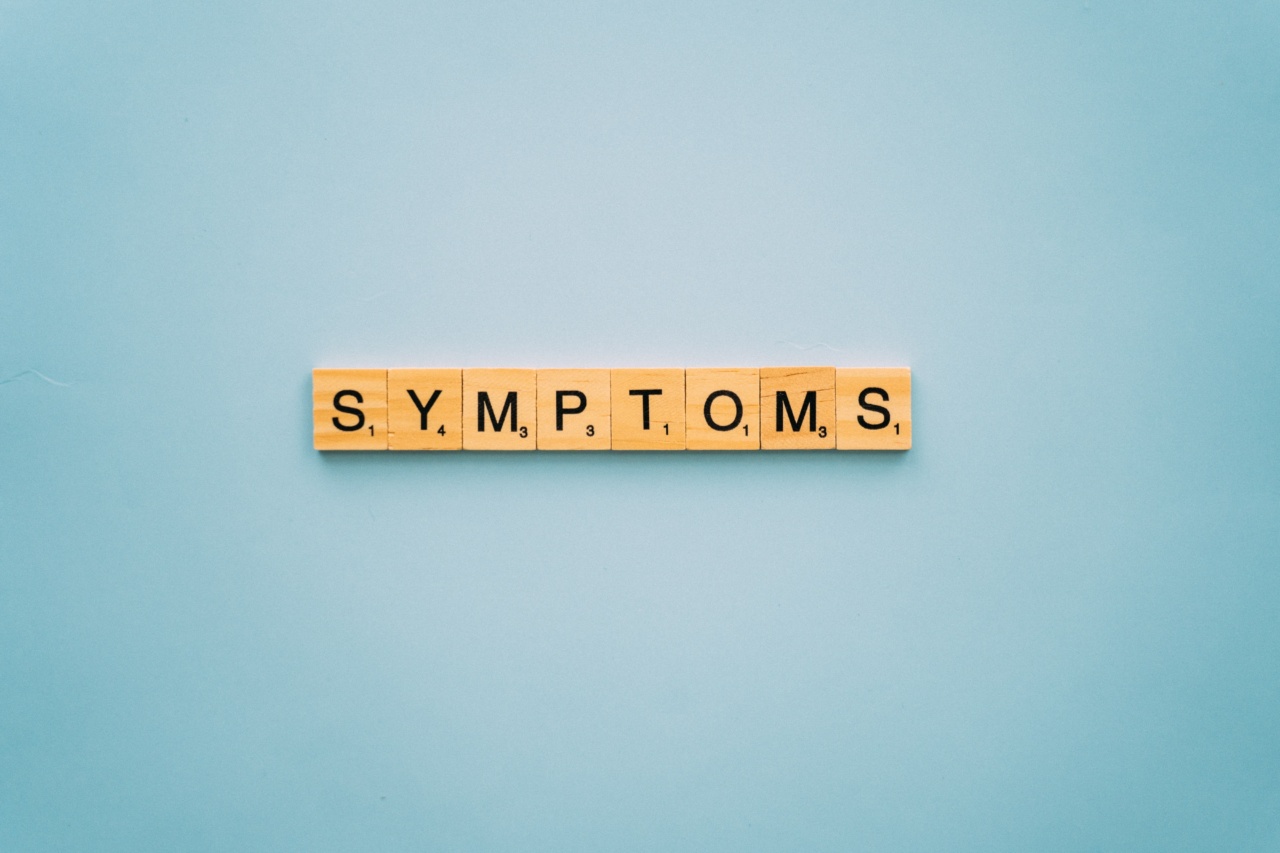Redness on the breast can be alarming and may indicate an underlying health condition.
While it is normal for the breasts to be slightly redder during menstruation or due to increased blood flow, persistent redness or sudden changes in color should be evaluated by a healthcare professional. In this article, we will explore the signs and symptoms of various conditions that can cause redness on the breast.
1. Mastitis
Mastitis is a condition that affects breastfeeding women. It occurs when bacteria enter the breast tissue through a cracked or sore nipple. One of the primary symptoms of mastitis is redness on the breast.
Other symptoms may include swelling, warmth, tenderness, and even flu-like symptoms such as fever and body aches. Prompt treatment with antibiotics, rest, and continued breastfeeding can help resolve mastitis.
2. Breast Abscess
In some cases, mastitis can lead to the formation of a breast abscess. An abscess is a pocket of infected fluid that requires medical intervention. Along with the redness, a breast abscess may feel like a painful lump beneath the skin.
It is important to see a healthcare professional who can perform a proper evaluation and drainage if necessary.
3. Inflammatory Breast Cancer
Inflammatory breast cancer (IBC) is a rare but aggressive form of breast cancer. It often causes changes in the skin, such as redness, swelling, and dimpling.
The affected breast may also feel tender or heavy, and the nipple may appear flattened or inverted. If you notice persistent redness and other unusual symptoms, it is crucial to seek immediate medical attention for a proper diagnosis and treatment.
4. Dermatitis
Dermatitis refers to the inflammation of the skin. It can be caused by irritants, allergies, or certain medical conditions.
Contact dermatitis, which occurs when the skin comes into contact with an irritant or allergen, can lead to redness, itching, and a rash on the breast. Additionally, conditions like eczema or psoriasis can also cause redness and discomfort in the breast area. It is recommended to identify and avoid triggers and to use appropriate creams or medications as advised by a healthcare professional.
5. Breast Infection
A breast infection, also known as cellulitis, can cause redness, warmth, and swelling in the breast tissue. It typically occurs when bacteria enter the breast through a cracked or sore nipple, similar to mastitis.
In addition to redness, breast infections may cause pain, tenderness, and fever. Antibiotics are generally prescribed to treat the infection, along with warm compresses and rest.
6. Allergic Reaction
An allergic reaction to certain substances can result in redness on the breast. It could be a reaction to skincare products, clothing materials, detergents, or environmental factors such as pollen or pet dander.
Along with redness, allergies may cause itching, swelling, and a rash. Identifying and avoiding the allergen is essential for managing and preventing further reactions.
7. Breast Trauma
Injuries to the breast, such as bruising or trauma from surgery, can cause redness and localized swelling. The redness usually subsides as the injury heals.
However, if the redness persists or is accompanied by severe pain or other concerning symptoms, medical attention should be sought.
8. Paget’s Disease of the Breast
Paget’s disease of the breast is a rare form of breast cancer that primarily affects the nipple and areola. It can cause redness and flaky or scaly skin on the nipple, which may extend to the surrounding area.
Other symptoms may include itching, burning, and an inverted nipple. If you notice persistent redness and changes in the nipple, it is important to consult a healthcare professional for further evaluation.
9. Lymphedema
Lymphedema is a condition that occurs when lymph fluid accumulates, leading to swelling in certain areas of the body, including the breast. While swelling is the primary symptom, it can also cause redness, tightness, and discomfort.
Lymphedema may develop after breast cancer treatment, particularly after lymph node removal or radiation therapy. Proper management, including compression garments, massage, and exercise, can help alleviate symptoms.
10. Intertrigo
Intertrigo is a condition characterized by inflammation and redness in areas where the skin rubs against itself, such as under the breasts.
It is often associated with moisture, heat, and friction, providing an ideal environment for the growth of fungi or bacteria. In addition to redness, intertrigo may cause a rash, itching, and a foul odor. Keeping the area clean and dry, using antifungal creams, and wearing breathable fabrics can help prevent and manage intertrigo.
Conclusion
While redness on the breast can be caused by various conditions, it is crucial to be aware of persistent or sudden changes in color. It is always advisable to consult a healthcare professional for a proper diagnosis and personalized treatment plan.
Early detection and treatment can significantly improve outcomes for certain conditions, including breast cancer. Taking care of breast health and seeking medical attention when needed are essential for overall well-being.




























